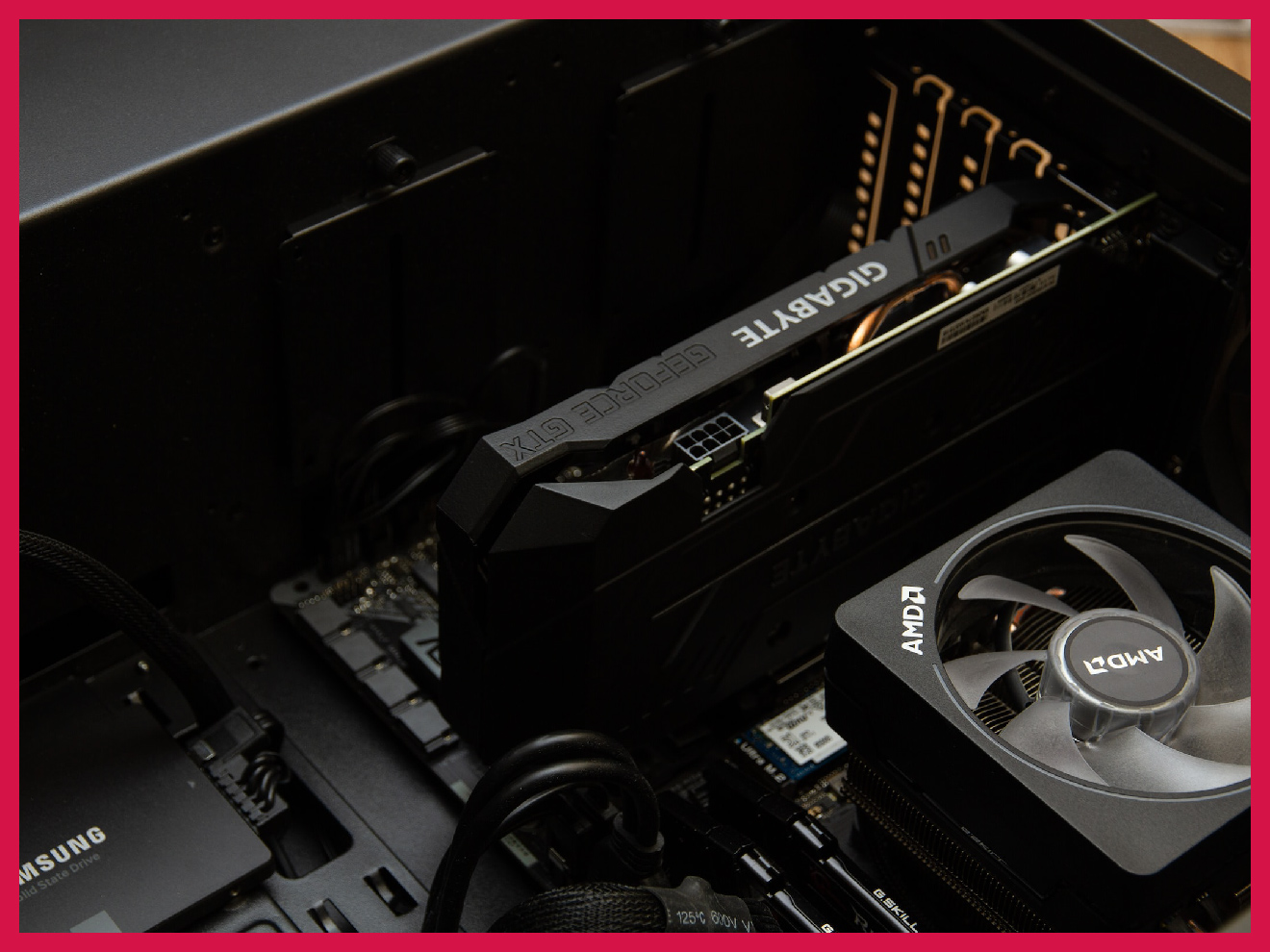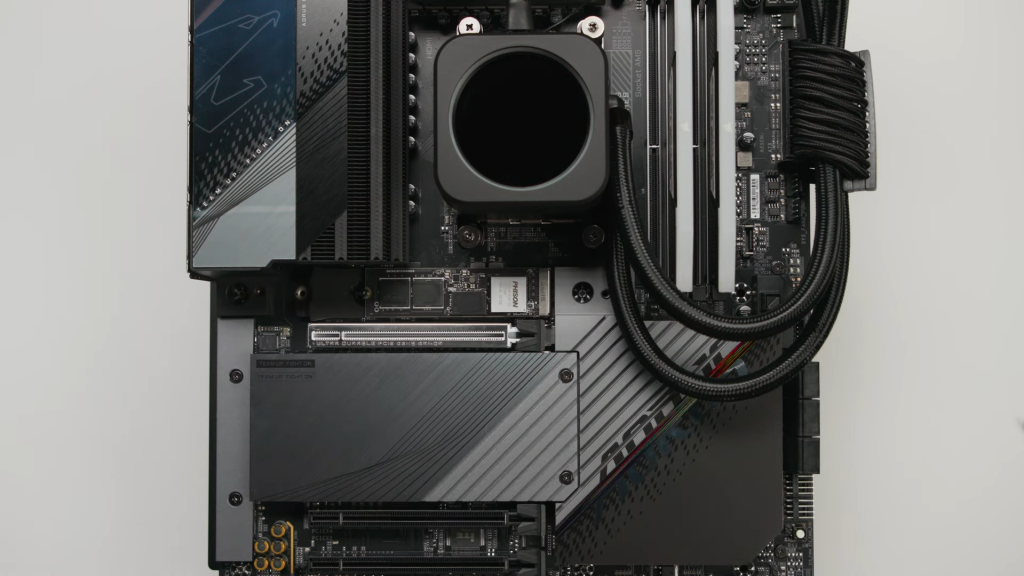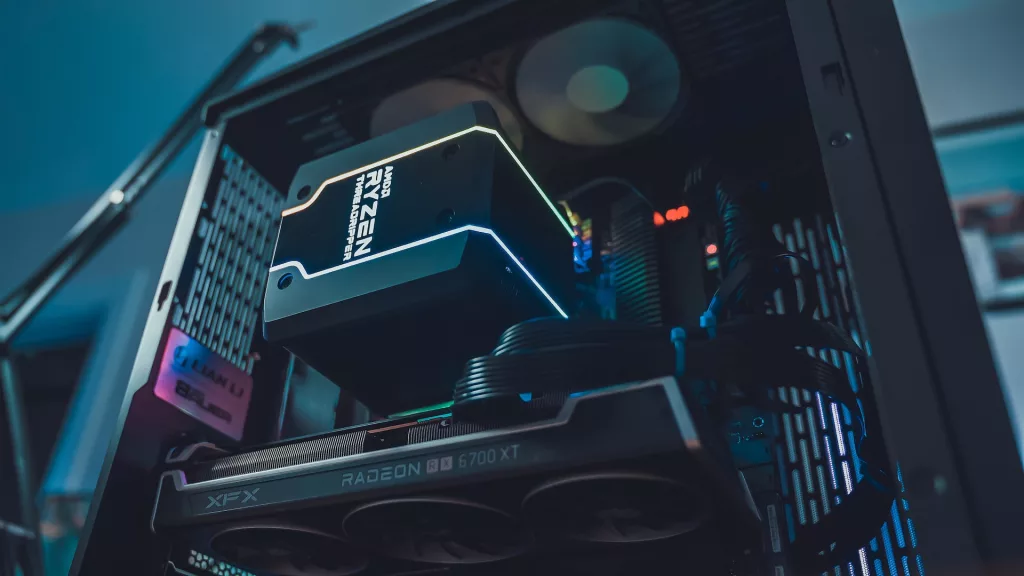Greetings, fellow gamers! If you want to take your gaming experience to the next level, you’ve come to the right place. As we all know, our gaming setups can start showing signs of aging after a while, and that’s totally normal. Happens to the best of us. That’s when the desire for an upgrade starts creeping in. We started thinking about ways to enhance our gaming rig.
So, get ready for a journey as we explore the world of gaming hardware and answer the burning question: when is it time to give your gaming rig a boost?
Signs It’s Time for an Upgrade
Let’s kick things off by discussing some telltale signs that your gaming hardware may be crying out for an upgrade. One common indicator is when you’re in the middle of a gaming session and your frame rates suddenly drop drastically. Or those dreadful times when your PC overheats and crashes. That’s surely a buzzkill especially when you’re too immersed in your game.
Like any other equipment, your gaming hardware should be naturally cool, even during intense battles in your online game. More often than not, the reason why your gaming equipment is kind of giving up on you is because it is outdated. But sometimes it’s not as bad as old software; maybe it just needs a little TLC.
Current Hardware Checkup
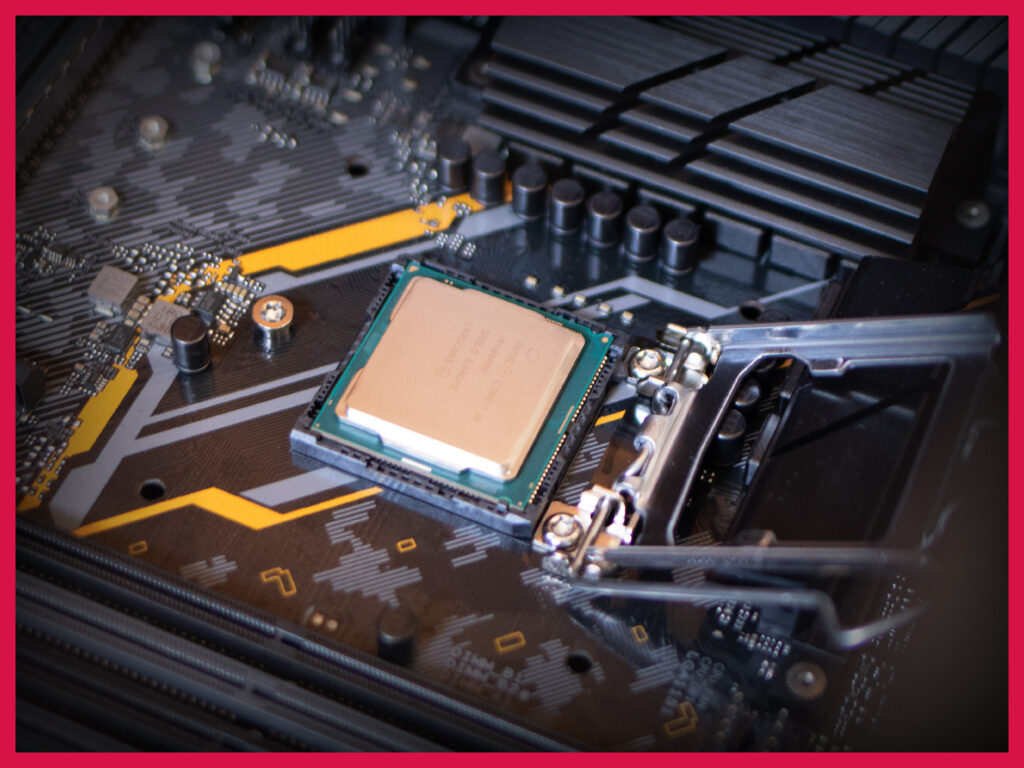
Thoroughly checking your existing hardware is super important. Don’t skip this step no matter how tedious it might sound! Before you rush out to grab the latest and greatest gaming gear, let’s take a moment to assess your current setup. You’ll want to scrutinize your CPU, GPU, RAM, storage, and peripherals like a gaming detective on a mission.
Your CPU plays a pivotal role in keeping up with the demands of modern games. And so, it must be updated to avoid stuttering. Speaking of stuttering, your GPU is responsible for rendering those breathtaking graphics and should be up to the task.
Now RAM helps with multitasking and those pesky load times. So, make sure that is it installed correctly. Also, your SSD makes your games load faster, so make sure that you’re using it instead of the HDD.
Don’t forget about your peripherals! A high-refresh-rate monitor, a responsive gaming mouse, and a mechanical keyboard can add an extra layer of immersion to your gaming sessions.
After checking and still your equipment isn’t performing optimally; maybe it’s really time to consider an upgrade.
Setting a Budget
Budgets are important. Not just to make sure you don’t overspend – but also to limit your options and not be overwhelmed. Though it doesn’t happen to all of us, it’s still safe to set a budget to avoid any potential confusion between parts in different price ranges and kind of limit your options from the get-go.
Are you ready to splurge like a high-roller in Vegas, or are you keeping it budget-friendly like a savvy shopper on Black Friday?
Remember, there’s a world of options out there catering to gamers of all financial standings. You don’t need to break the bank to elevate your gaming experience. So set a budget that works for you and stick to it.
If you’re craving jaw-dropping visuals and silky-smooth gameplay, consider upgrading your CPU and GPU. By the way, exploring online payment services will help you streamline your transactions, so you might also want to explore merchant payment services from PayTrace. Also, if you want your games to load faster, you’d have to upgrade your RAM and SSD.
The GPU is the most expensive and the most important part of a gaming PC. Make sure you prioritize it. Try to not spend the big bucks on the “high-end” models. Go for more cost-effective options. For example, if your GPU budget is $400, then there are four main options including the premium ones and the cost-effective ones (more FPS for the same money, pretty much).
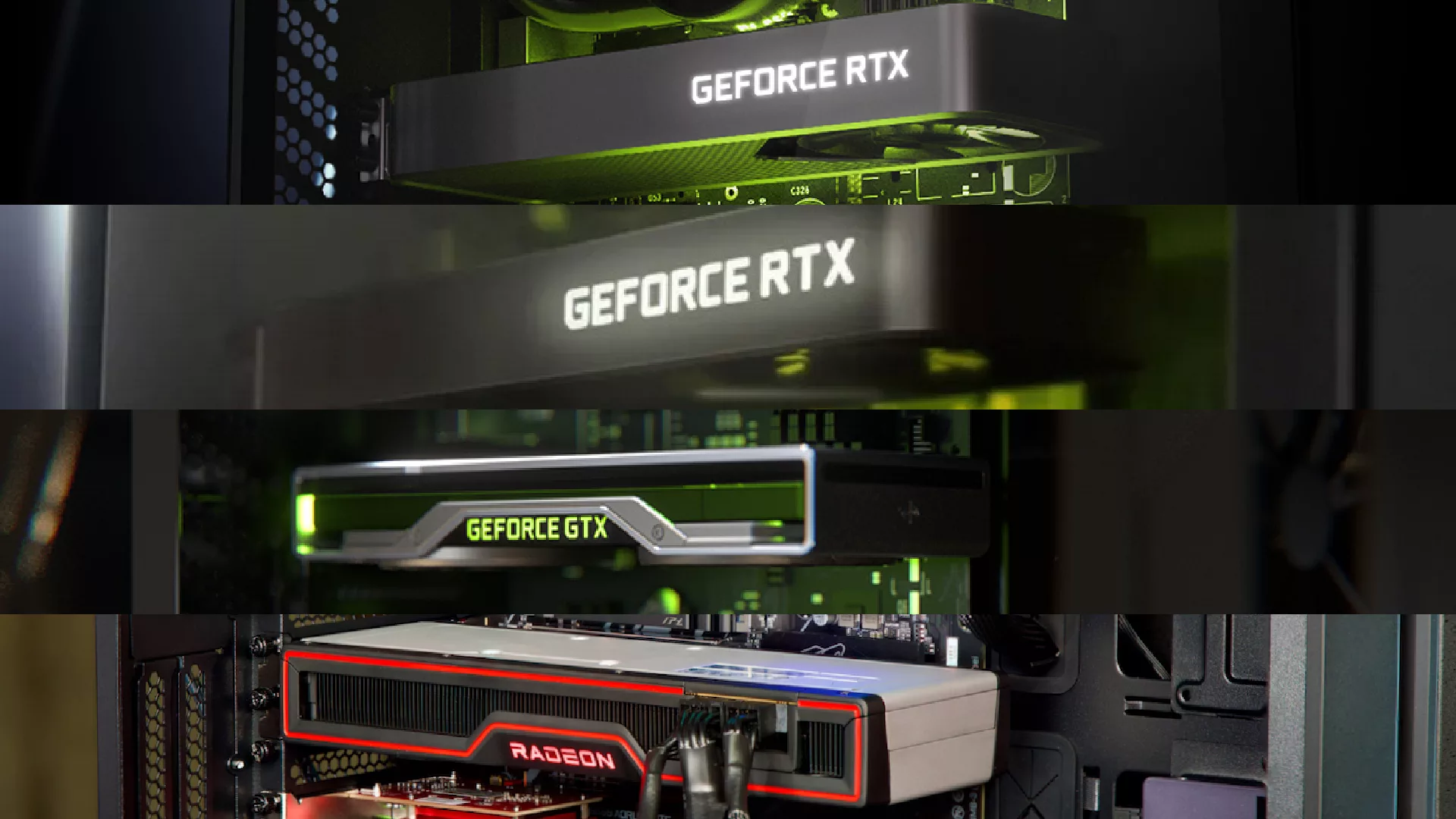
Note that if you will be playing modern triple-A games at high or ultra settings, want 60+ FPS, and also want ray tracing, then you will need to spend big here. A good Nvidia 30- or 40-series GPU is the prerequisite. With DLSS, you will get good performance even on 1440p and 4K displays.
Next up is the CPU. Pretty straightforward. Go with the highest you can buy. If you’re buying an AMD GPU, it’s recommended to buy an AMD CPU as well. For Nvidia cards, either Intel or CPU will work.
RAM is also important. A minimum of 8×2 = 16GB is highly recommended. Go with more if the budget allows. Choose one with 3200MHz speed and CL22 timing, if possible. No need to overspend on DDR5 models unless if you want to future-proof your gaming system.
Compatibility and Installation
Now, before you rush out to buy new hardware, let’s talk compatibility. Take the time to research and ensure your new components are compatible with your existing setup. You wouldn’t want to end up with a bunch of expensive paperweights.
When it comes to installation, some gamers like to indulge themselves in the DIY experience, while others prefer to seek the help of tech professionals. Whether you’re a tech wizard or tech-challenged, there are resources and experts out there to help you through the process. There’s really no need to worry about the installation process.
Wrapping Up
Upgrading your gaming hardware has the potential to breathe life into your gaming setup, taking your gaming experience to new and exciting levels. It’s important to stay aware of the signs that indicate that it’s time for an upgrade and carefully evaluate the condition of your hardware components. You must also set a budget that aligns with your financial situation and make sure that you’ve done your fair share of research in order for you to make informed decisions when selecting which upgrades to invest in.
So good luck fellow gamer! And may the odds of you finding the right gaming rig be ever in your favor.


